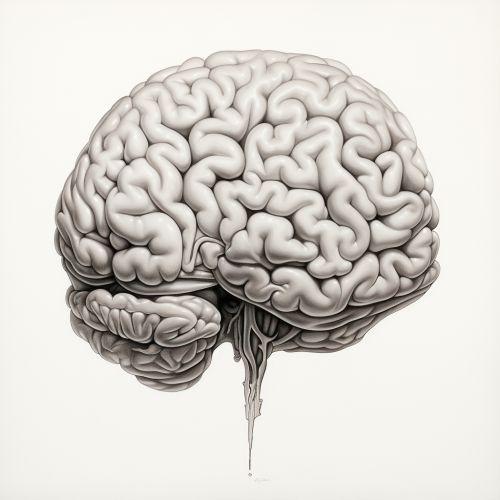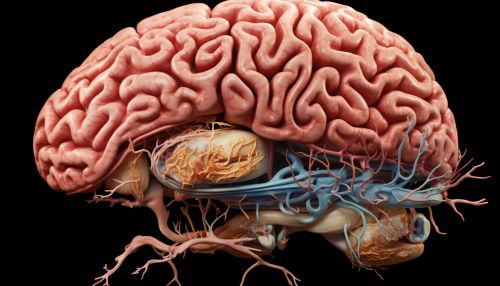Insula
Anatomy and Function
The insula, also known as the insular cortex, is a portion of the cerebral cortex folded deep within the lateral sulcus (the fissure separating the temporal lobe from the frontal lobe and parietal lobe). The insula is believed to play a crucial role in the human brain and is involved in a wide range of functions linked to emotion or the regulation of the body's homeostasis. These functions include perception, motor control, self-awareness, cognitive functioning, and interpersonal experience. In relation to these, it is involved in diverse functions, usually linked to emotion or the regulation of the body's homeostasis.


Structure
The insular cortex is divided into two parts: the larger anterior insula and the smaller posterior insula in which more than a dozen field areas have been identified. The cortical area overlying the insula towards the lateral surface of the brain is the operculum (meaning lid). The opercula are formed from parts of the frontal, temporal, and parietal lobes.
Function
The insula has increasingly become the focus of attention for its role in body representation and subjective emotional experience. In particular, it is considered a limbic-related cortex. The insula has been postulated to process convergent information to produce an emotionally relevant context for sensory experience. To be specific, the anterior insula is related to olfactory (smell), gustatory (taste), viscero-autonomic (autonomic nervous system), and limbic function, while the posterior insula is related to auditory-somesthetic-skeletomotor function.
Clinical significance
Damage to the insula can result in a wide range of disorders, such as insular epilepsy, contralateral hemiplegia, thermal dysregulation, and agranular visceromotor and sensory disorders. Moreover, insular strokes can lead to cardiac arrhythmia, dysarthria, and dysphagia.
